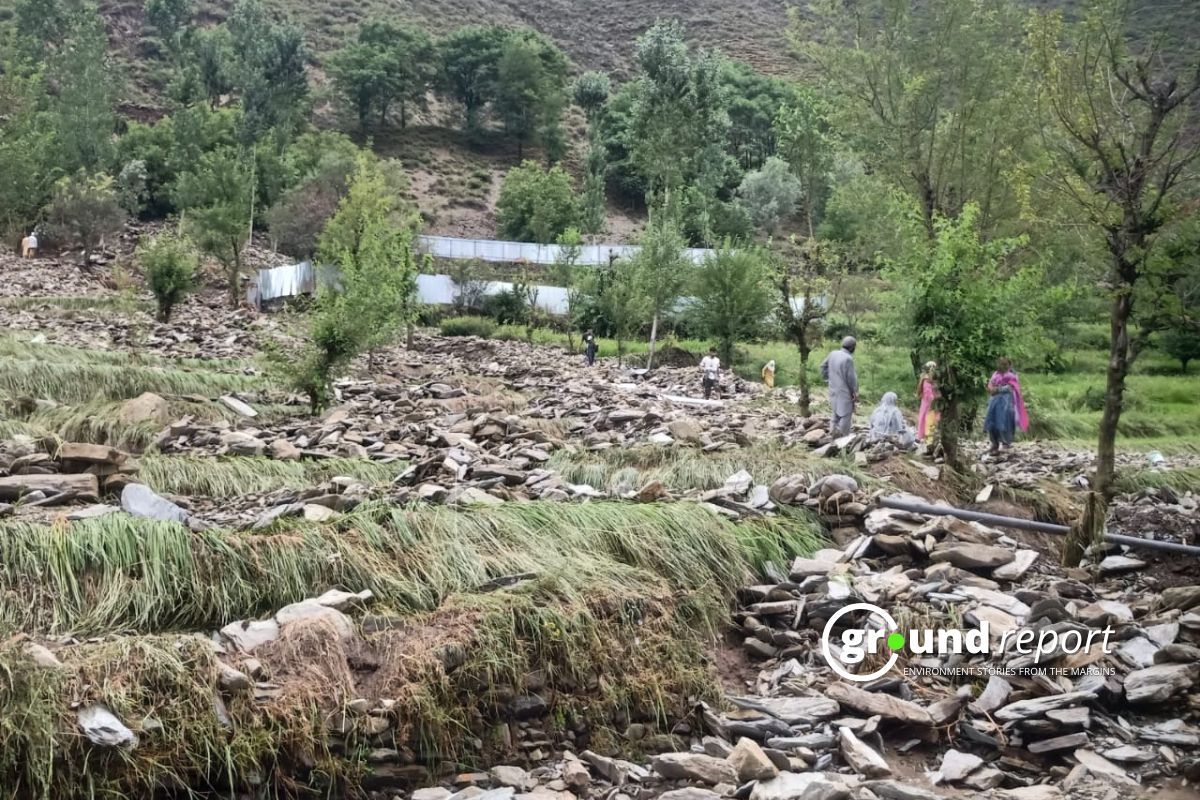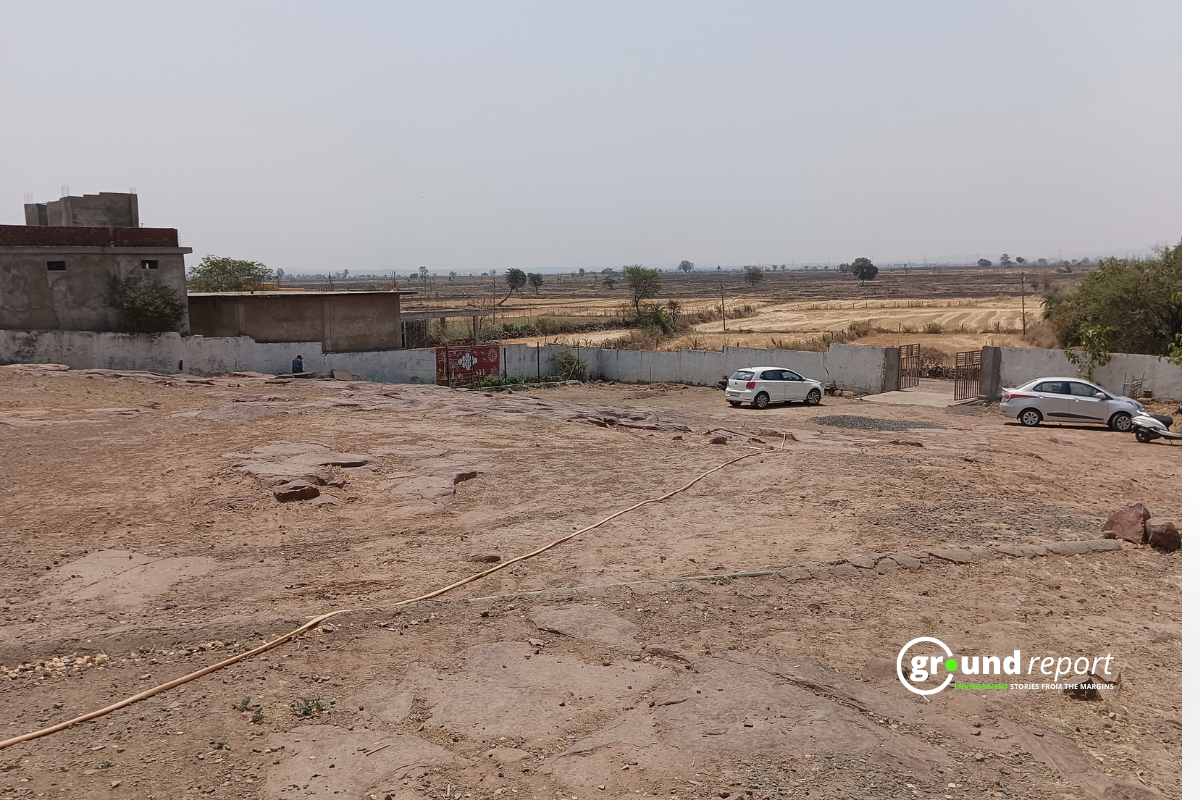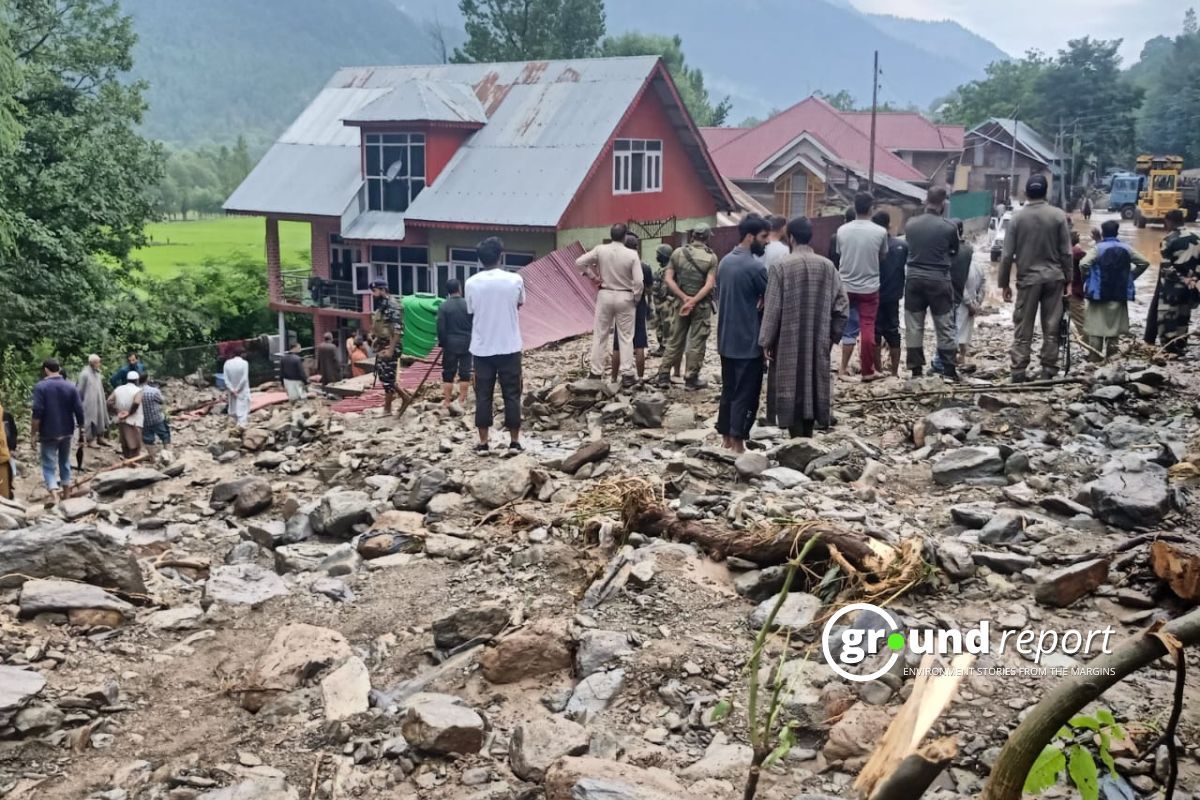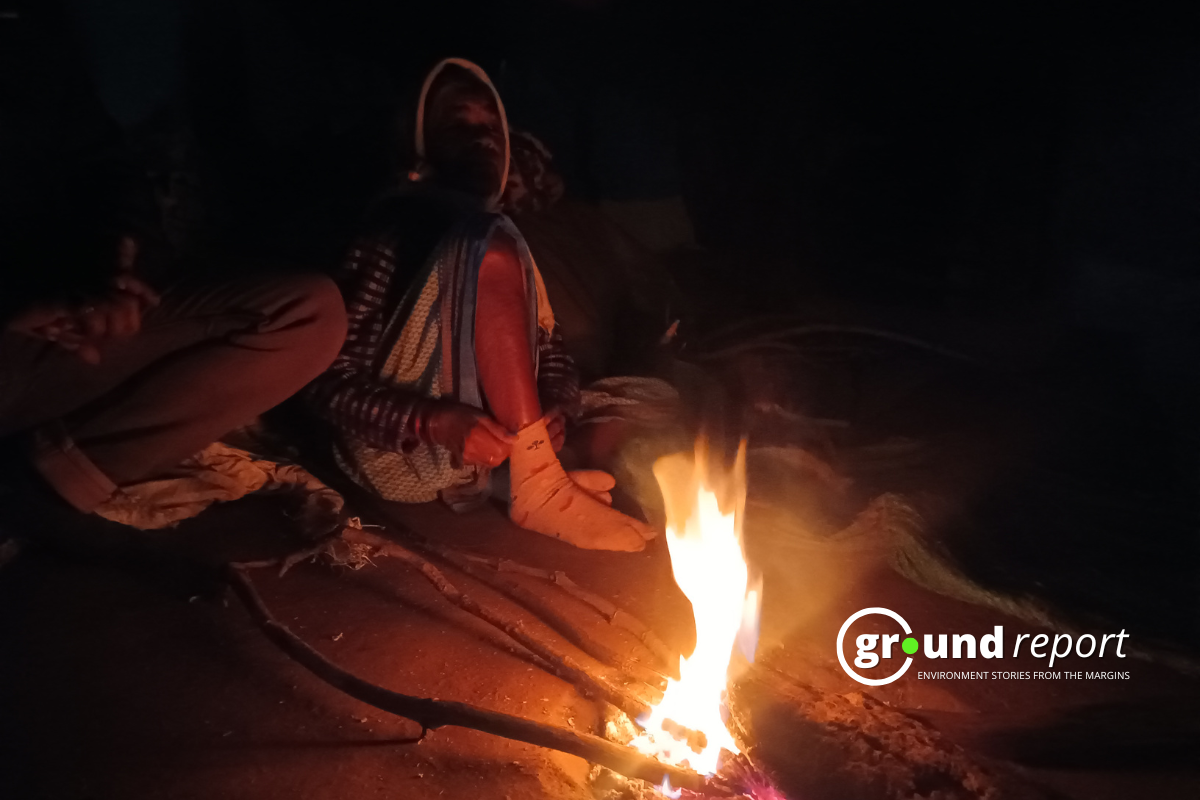The recent flash floods in Sikkim have once again highlighted the vulnerability of mountainous regions to climate-related disasters. While global warming is often cited as the primary cause, there is a lesser-known factor that deserves attention – black carbon.
On October 4th, 2023, a cloudburst over Lhonak Lake triggered a flash flood that affected around 60,870 people. The flood destroyed the Teesta III Dam at Chungthang in minutes after reaching it at midnight, before anyone could open its gates. As of now, the death toll has crossed 75, and searches for missing persons continue.
Understanding Black Carbon
Black carbon, also known as soot, is a product of incomplete combustion of fossil fuels and biomass. Gas and diesel engines, coal-fired power plants, and other sources that burn fossil fuels emit it. When deposited on glaciers and snow, black carbon absorbs infrared radiation from sunlight, leading to accelerated melting.
Unlike greenhouse gases, black carbon is a short-lived climate pollutant that directly affects the local environment.

In the Himalayan region, industry (primarily brick kilns) and residential burning of solid fuel together account for 45-66% of regional anthropogenic (Human-made) black carbon deposition. This deposition acts in two ways to hasten glacier melt: by decreasing surface reflectance of sunlight and by raising air temperature.
It is important to note that the presence of black carbon does not negate the role of global warming and climate change. However, it highlights the need to consider localized factors and microclimates in mountainous regions. The focus on black carbon should not undermine the urgency of addressing greenhouse gas emissions and broader climate change mitigation efforts.
Threat to Glaciers
Observers have seen black carbon coating ice and snow in glaciated areas, including the upper Tons Valley in northern India. Its dark color absorbs sunlight, leading to increased heat absorption and accelerated melting of ice and snow. Vertical holes in ice or snow, caused by patches of particularly dark soot, are a visible testament to this phenomenon.
The sources of black carbon in the region are diverse. Agricultural waste burning, prevalent in northern and eastern India, contributes significantly to the deposition of black carbon on glaciers. Additionally, the use of wood as a fuel and rampant forest fires in pine forests further exacerbate the problem. Diesel vehicles emitting unburnt carbon, as observed in high-altitude regions like Spiti and Ladakh, also contribute to the presence of black carbon.
While visual observations suggest a widespread presence of black carbon, accurate data on its increasing levels and its direct impact on glacier melt is lacking. Further scientific research is necessary to quantify the extent of the problem and its contribution to climate change and glacier retreat.
While people often cite global warming and climate change as the primary drivers of glacier melt, we cannot ignore the role of black carbon. Current policies in place to reduce black carbon emissions are not enough to prevent an acceleration of water releases from glacier melt.
More aggressive measures are needed. For example, improving the efficiency of brick kilns, which account for roughly half of black carbon emissions, would reduce melt-accelerating deposits. Cleaner cookstoves and cleaner fuels are another key way to reduce black carbon emissions.
Role of Climate Change
It is important to note that the presence of black carbon does not negate the role of global warming and climate change. However, it highlights the need to consider localized factors and microclimates in mountainous regions. The focus on black carbon should not undermine the urgency of addressing greenhouse gas emissions and broader climate change mitigation efforts.
The issue of climate change has often become entangled in political debates, which can hinder progress in understanding and addressing its various aspects. Skepticism, while healthy in scientific discourse, should not overshadow the need for evidence-based research and action. Journalists have a crucial role in sifting through the complexities and presenting a balanced view to the public.
The Sikkim flash floods serve as a reminder that addressing climate-related disasters requires a comprehensive understanding of the various factors at play. While global warming remains a significant concern, the impact of black carbon on glaciers cannot be ignored.
Further research and awareness are necessary to mitigate the effects of black carbon and develop effective strategies for preserving mountain ecosystems and reducing the risk of climate-related disasters.
Keep Reading
Part 1: Cloudburst in Ganderbal’s Padabal village & unfulfilled promises
India braces for intense 2024 monsoon amid recent deadly weather trends
Support us to keep independent environmental journalism alive in India.
Follow Ground Report on X, Instagram and Facebook for environmental and underreported stories from the margins. Give us feedback on our email id greport2018@gmail.com.
Don’t forget to Subscribe to our weekly newsletter, Join our community on WhatsApp, and Follow our YouTube Channel for video stories.









